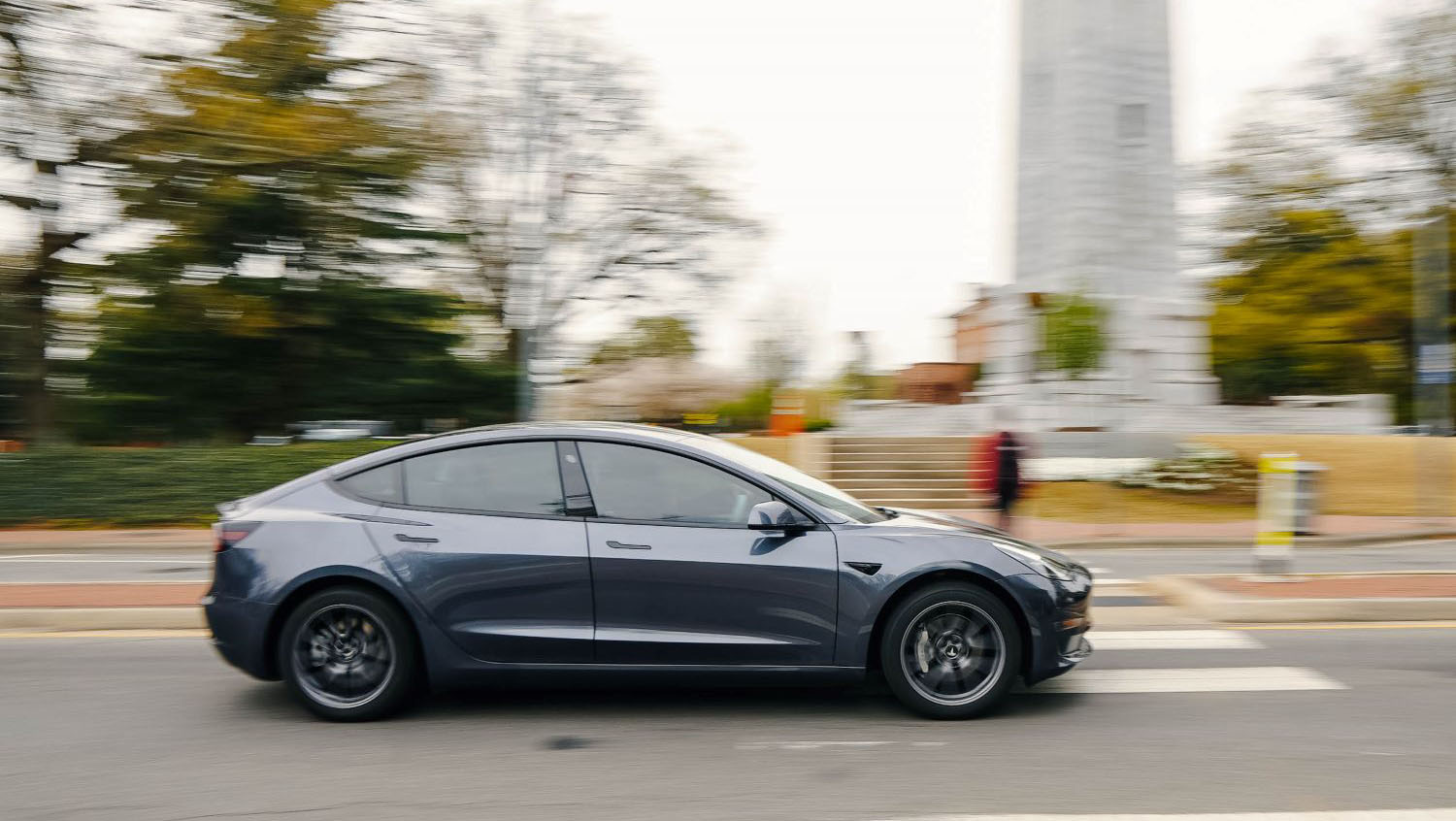Candid Insights
Exploring the latest trends and stories that shape our world.
Driving into the Future: Are We Ready for Cars That Drive Themselves?
Explore the futuristic world of self-driving cars! Are we ready for the revolution on our roads? Discover the answers inside!
The Technology Behind Self-Driving Cars: How They Work
The technology behind self-driving cars involves a complex integration of various systems that work together to navigate and make decisions in real-time. At the heart of this technology are a combination of sensors and software, enabling the vehicle to perceive its environment. Common sensors include LIDAR, radar, and cameras, which provide crucial data about the car's surroundings, allowing it to detect obstacles, road signs, and lane markings. The data collected is processed by advanced machine learning algorithms, which help the vehicle understand and predict the behavior of other road users.
Furthermore, self-driving cars rely on high-definition maps and GPS for accurate positioning. These maps contain detailed information about the road network, including traffic signals, intersections, and terrain. The vehicle's onboard computer constantly analyzes data from its sensors in conjunction with the preloaded maps to ensure safe navigation. As autonomous driving technology continues to evolve, it holds the promise of reducing traffic accidents and improving mobility, paving the way for smarter urban environments.

Exploring the Legal and Ethical Implications of Autonomous Vehicles
The advent of autonomous vehicles has ushered in a new era of transportation, bringing with it a myriad of legal implications that society must navigate. One of the primary concerns revolves around liability in the event of accidents. In traditional vehicle scenarios, the driver is held responsible for negligent behavior; however, with the rise of self-driving technology, the question arises: who is liable when an autonomous vehicle causes a collision? Legal frameworks are struggling to adapt to this paradigm shift, as they must account for various stakeholders including manufacturers, software developers, and even passengers. As regulatory bodies strive to establish clear guidelines, the role of insurance in this landscape is also under scrutiny, challenging the existing models that have governed road safety.
In addition to the legal considerations, the ethical implications of autonomous vehicles cannot be overlooked. The programming of these vehicles involves making decisions that can have life-or-death consequences. For instance, in a potential accident situation, should a vehicle choose to protect its passengers at the expense of a pedestrian? This dilemma raises profound ethical questions that society must address. As developers work to implement algorithms that dictate these choices, the discourse surrounding the morality of these decisions continues to evolve. Engaging with stakeholders—including ethicists, lawmakers, and the public—is essential in shaping a future where autonomous vehicles are not only technologically advanced but also socially responsible.
Are We There Yet? Current Challenges and Future Prospects for Self-Driving Cars
The journey towards fully autonomous vehicles has been a challenging one, marked by technological hurdles, ethical dilemmas, and unforeseen regulatory issues. Currently, self-driving cars are navigating a complex landscape where they must respond to unpredictable human behavior, deal with varied weather conditions, and interact with outdated infrastructure. Despite significant advancements in artificial intelligence and machine learning, tests still reveal that achieving Level 5 autonomy—where vehicles operate without any human intervention—remains elusive. As we assess the present landscape, it's evident that while progress has been made, current challenges like safety concerns and public trust continue to impede widespread adoption.
Looking ahead, the future prospects for self-driving cars seem optimistic, though caution is warranted. Major automakers and tech companies are investing heavily in research and development to enhance both the technology and public perception. Emerging trends in local regulations, paired with advancements in connectivity—such as 5G—promise to foster safer environments for self-driving vehicles. Furthermore, as data collection improves, the potential for integration with smart city initiatives could facilitate more efficient traffic flow. Thus, while the question remains, Are we there yet?, the path is becoming clearer, and those challenges could soon give way to a new era of mobility.